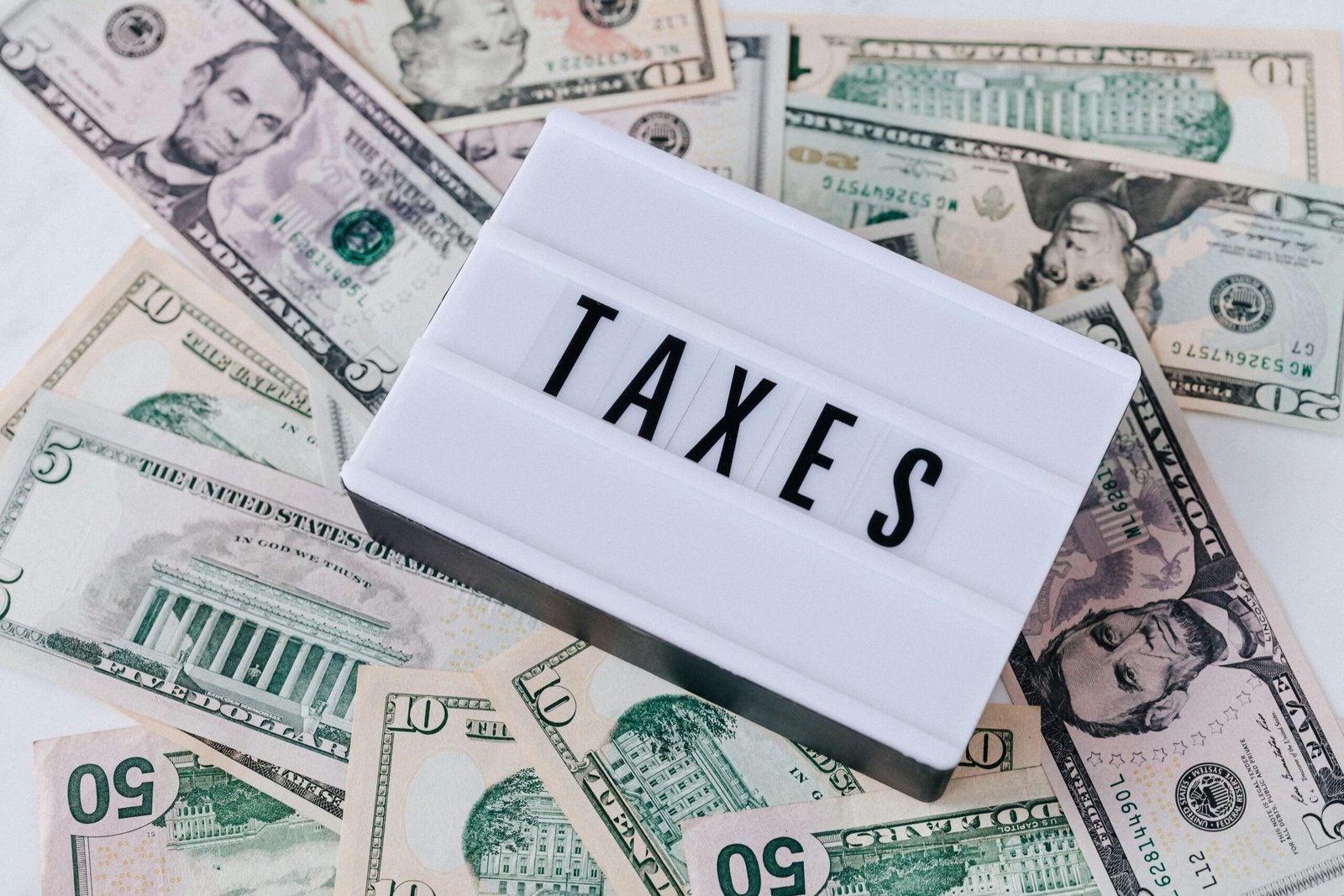The Goods and Services Tax (GST) regime in India allows exporters to claim refunds on the Goods and Services Tax paid on inputs used for the export of goods and services. This process helps exporters reclaim taxes that were paid on raw materials, services, and other inputs, which ultimately boosts cash flow and supports business growth. However, to ensure a smooth and timely GST refund process, it is crucial for exporters to submit the correct documentation.
The documents required for claiming a GST refund are essential as they substantiate the exporter’s claim and demonstrate compliance with GST regulations. Here’s a detailed guide on the key documents exporters need to provide when claiming GST refunds.
Also Read: GST refund claim process
1. Export or Sales Invoices
The first and most important document required for claiming a GST refund is the sales or export invoices. These invoices provide proof of the goods or services that have been exported. The invoice should clearly state the details of the export transaction, including:
The description of the goods or services sold
The quantity and value of the exported goods
The date of export
The name and address of the buyer
GST details, including GSTIN of the exporter and buyer
The export invoices verify that the export was indeed carried out, and the GST paid on the inputs is eligible for a refund.
2. Shipping Bills or SEZ Endorsement
Another important document required is the shipping bill or SEZ endorsement (if applicable). This document serves as proof that the goods have been exported out of India or are being supplied to a Special Economic Zone (SEZ).
Shipping Bills: These are filed with the customs department when goods are exported and include details about the goods being exported, the port of shipment, and the buyer. This document is a vital part of the refund process as it shows that the goods have physically left the country.
SEZ Endorsement: For exports made to an SEZ, an endorsement from the SEZ authorities is required to confirm the export.
Both documents are necessary to prove that the export transaction is genuine and meets the zero-rated supply conditions under GST.
3. Proof of Payment of GST on Inputs
To claim a GST refund, exporters must show evidence that they have paid GST on the inputs used to produce the exported goods or services. Proof of payment typically includes:
GST Payment Challans: These are receipts showing the payment of GST on inputs used for export purposes.
Bank Statements: Bank statements showing the transfer of GST payment amounts to the government or suppliers may also serve as proof of payment.
This documentation is required to establish that the GST refund is being requested for taxes already paid on business inputs, ensuring that no duplicate claims are made.
4. Export General Manifest (EGM)
The Export General Manifest (EGM) is a document that lists all the goods being exported through a particular shipment. This document provides details about the exported goods, including their destination, quantity, and the transport method. It serves as evidence that the goods have physically left the country and are, therefore, eligible for a refund under the zero-rated supply provision.
The EGM is filed with the customs department and needs to be submitted along with the refund application to validate the export status of the goods.
5. Purchase Register
Exporters must maintain a detailed purchase register that lists all the purchases made, along with the GST paid on those purchases. This register is used to track the input tax credit (ITC) on raw materials and services purchased for the purpose of export.
The purchase register ensures that the exporter has a record of all the inputs that were used in the production of the exported goods and for which a GST refund is being claimed.
6. Refund Application (Form GST RFD-01)
The GST refund application is the formal request submitted by the exporter to claim the refund. The application is made through the GST portal in Form GST RFD-01, where the exporter provides details about their export transactions, the GST paid on inputs, and the refund amount being requested. The application also includes information about the input tax credit that is being carried forward or refunded.
7. Bank Account Details
To receive the refund amount, the exporter must provide their bank account details. This includes the account number, account holder’s name, bank name, and IFSC code. These details ensure that the refund is credited to the correct account and facilitate the direct transfer of funds to the exporter.
8. Letter of Undertaking (LUT) or Bond (if applicable)
In certain cases, exporters are required to furnish a Letter of Undertaking (LUT) or a Bond to claim refunds without paying any integrated GST (IGST) on exports. The LUT is an undertaking by the exporter that they will fulfill the export obligations, and it is filed annually. A bond is required if the LUT is not furnished, ensuring that the exporter adheres to the export conditions.
9. Other Supporting Documents
Depending on the nature of the export and specific circumstances, additional documents may be required. These may include:
Customs Documents: Additional paperwork related to customs clearance may be needed.
Bank Statements: To support claims regarding payments made to vendors or suppliers.
GST Certificates: Proof of GST registration for both the exporter and the buyer, if applicable.
Conclusion
To successfully claim a GST refund, exporters need to submit a range of documents that substantiate their claim and prove compliance with GST regulations. The key documents required include sales/export invoices, shipping bills or SEZ endorsements, proof of payment of GST, export general manifest, purchase register, and a refund application, among others.
It’s essential for exporters to maintain accurate records and ensure they have all the necessary documents in place to avoid delays or rejections of their refund claims. By following the correct procedure and submitting the right documents, exporters can streamline the refund process and ensure timely reimbursement of the GST paid on inputs.
For an easy way to calculate and claim your GST refund, try the MYGST Refund Calculator for GST Refund – your one-stop solution for accurate refund estimates!



